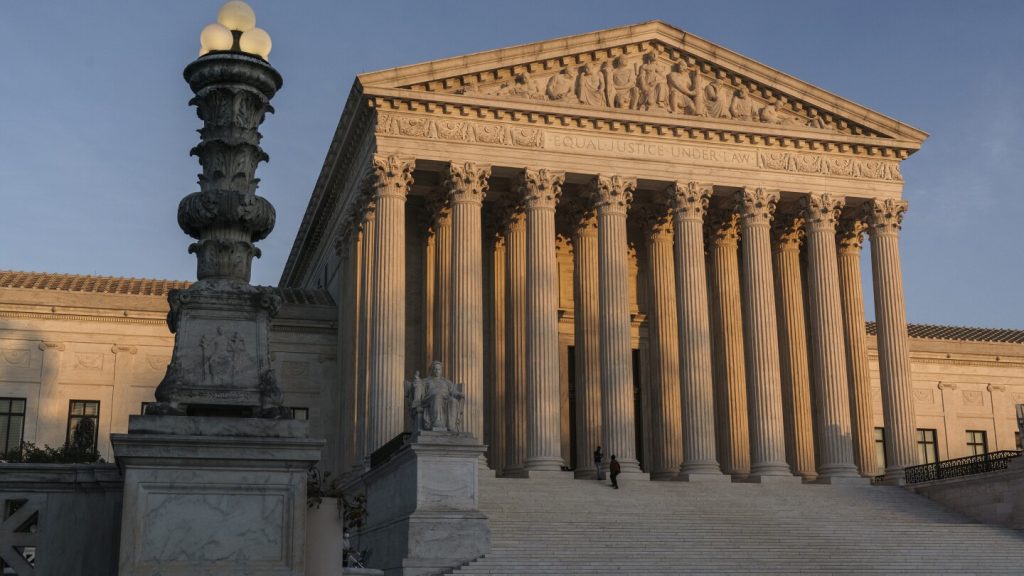The Supreme Court has put a halt to the Biden administration’s latest plan to lower payments for millions of student borrowers. The plan, known as the SAVE program, aimed to provide a faster path to loan cancellation and reduce monthly income-based repayments from 10% to 5% of a borrower’s discretionary income. It also included provisions to waive payments for borrowers earning less than 225% of the federal poverty line. The plan was blocked by the 8th U.S. Circuit Court of Appeals, prompting the administration to seek relief from the Supreme Court.
Previous estimates suggest that the SAVE plan could cost anywhere from $276 billion to $475 billion over 10 years, with Republican-led states challenging the plan citing the higher figure. Two separate legal challenges to the plan have been ongoing, with judges in Kansas and Missouri issuing rulings that blocked portions of the plan. The 10th U.S. Circuit Court of Appeals, however, allowed the Department of Education to proceed with a provision for lower monthly payments, which was then challenged by the Republican-led states.
The Supreme Court declined to intervene in the legal fight over the SAVE plan, opting to wait for a fuller decision from the lower courts. This decision has left millions of borrowers in a state of uncertainty, with the future of the plan hanging in the balance. Mike Pierce, executive director of the Student Borrower Protection Center, expressed concerns about the impact of the court’s decision on borrowers. Meanwhile, Sheng Li, litigation counsel with the New Civil Liberties Alliance, a legal group funded by conservative donors, welcomed the court’s order to keep the injunction in place, citing the unlawfulness of the SAVE program.
The Education Department had requested the Supreme Court to take up the legal fight over the plan immediately, similar to its handling of the earlier debt forgiveness plan. However, the justices opted to allow the lower courts to resolve the legal challenges first. The uncertainty surrounding the fate of the SAVE program has left millions of borrowers enrolled in the program in limbo, with additional borrowers looking for ways to afford their monthly payments. Despite the absence of a final decision on the merits of the plan, borrowers remain in a state of uncertainty as the legal battle continues to unfold.


